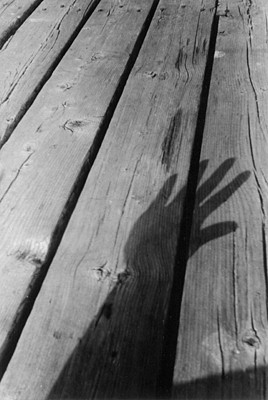All Nonfiction
- Bullying
- Books
- Academic
- Author Interviews
- Celebrity interviews
- College Articles
- College Essays
- Educator of the Year
- Heroes
- Interviews
- Memoir
- Personal Experience
- Sports
- Travel & Culture
All Opinions
- Bullying
- Current Events / Politics
- Discrimination
- Drugs / Alcohol / Smoking
- Entertainment / Celebrities
- Environment
- Love / Relationships
- Movies / Music / TV
- Pop Culture / Trends
- School / College
- Social Issues / Civics
- Spirituality / Religion
- Sports / Hobbies
All Hot Topics
- Bullying
- Community Service
- Environment
- Health
- Letters to the Editor
- Pride & Prejudice
- What Matters
- Back
Summer Guide
- Program Links
- Program Reviews
- Back
College Guide
- College Links
- College Reviews
- College Essays
- College Articles
- Back
Cutting
Imagine for a moment that today is the 4th of July. There is a barbeque going outside on the deck of your house and half of your family is swimming in your pool. It’s almost 90° outside and you would like to join your family and friends for the party but won’t dare to step a foot outside, with your luck you will probably suffer a heat stroke. You are wearing some jeans and a long sleeve shirt. Oh, and forget about any chance of stepping into the pool. Skin exposure is your worst nightmare. Why all of the trouble? You are hiding a dirty little secret, signs of self-mutilation which envelope your precious body. Up your legs, down your arms, and across your stomach. Can you imagine?
Deliberate self-harm, self-mutilation, self-injury(SI), self-abuse, Para suicidal behavior, and non-suicide self-injury are all names in which self-injury is known by. Self-injury is what a person does to themselves to help him or her deal with some sort of emotional pain. Self-injury comes in many forms. Some of these behaviors include cutting, picking, scratching, burning, hitting oneself, and even pulling out one’s hair.
The most common form of self-injury is cutting. Cutting is extremely serious because it can lead to death. If a person cuts deeply enough, they can potentially reach a vein and bleed out to death. Self-injurious behavior like cutting has become so prevalent among teens that it has been nicknamed the “new age anorexia.” According to health.discovery.com, one in every two-hundred girls regularly cuts themselves.
More girls and women compared to boys and men regularly self-injure. Doctors believe this is because women are socialized to internalize their emotions while men externalize them. Still, more than 11,000 boys in the United States cut themselves, also according to health.discovery.com.
Cutting at Auburn’s Freshman Campus, according to counselor Mrs. Ott, “ is not daily but often.” Several of times throughout the year she may encounter students who do self-injure. She says, “ our primary concern is safety.” The adults try to focus on why the child is participating in this behavior, specifically what is bothering him or her and how they can deal with his or her situation in a positive matter.
People who self-injure often suffer from other conditions, most often, anorexia and other eating disorders. A very common diagnosis given to people who self-injure is Borderline Personality Disorder or BPD.
Cutters do not intend to kill themselves. The act of cutting and bleeding makes the self-injurer “feel alive,” or in control. While people with anorexia control their food intake, the source of their pain, cutters control their internal pain by making themselves bleed on the outside.
People who cut are not looking for attention. Most cutters try very hard and are careful to hide their secret because they are embarrassed and ashamed about what they are doing or have done.
Cutting is a psychological response to an underlying problem. Most cutters have suffered some sort of abuse, emotional or physical.
Not all cutters are the same. Some cutters cut all over their bodies while others chose to remain in a specific area. Some cutters also cut deeper than others. Cutters do not all use the same instruments as well.
Warning signs for cutters include unexplained cuts or scratches on the body, constant wearing of long sleeved shirts or pants especially during hot weather, and less or no longer allowed contact with the person’s body, like a simple hug.
If you are a self-injurer or suspect someone you know is self-injuring do not be afraid to ask for help. Speak with a parent or trusted adult. If this is not an option you can call these numbers or visit the listed sites.
800-DONTCUT
Covenant House Nine Line : 800-999-9999
(Web site: www.covenanthouse.org)
Youth crisis hotline for talking about any problem
Kid Save: 800-543-7283
Gives information and referrals to kids in crisis
Youth Crisis Hotline: 800-448-4663
No problem is too big or small
Teen Line: www.teenlineonline.org
S.A.F.E ALTERNATIVES: www.safe-alternatives.com
www.kidshealth.org

Similar Articles
JOIN THE DISCUSSION
This article has 7 comments.

0 articles 2 photos 2 comments
Favorite Quote:
dont let your fears destroy your dreams ~ sarah burke